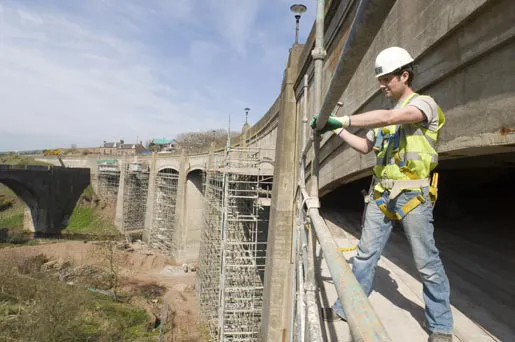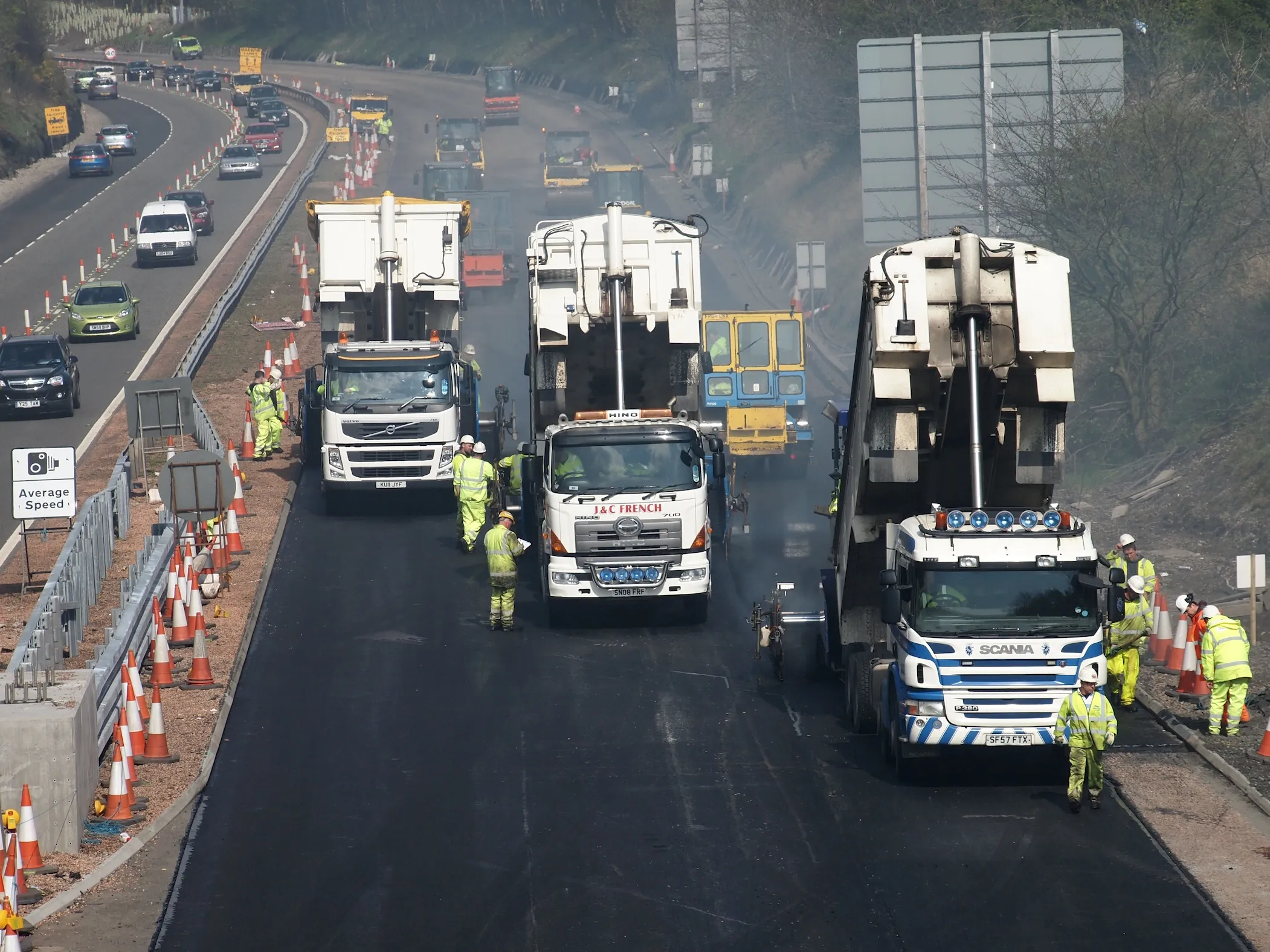The Nepalese Government is setting out plans for the quality and standards of construction and maintenance of roads and bridges.
February 27, 2012
Read time: 1 min
The Nepalese Government is setting out plans for the quality and standards of construction and maintenance of roads and bridges. The plans include technical tests, monitoring and evaluation and the aim of this is to tackle early failures of infrastructure in the country. Bridges in particular have been suffering from structural issues and the aim is to eliminate such problems by monitoring condition more effectively. If bridges or other infrastructure is found to be defective early in its design life, arrangements will be made to claim compensation from the contractor.









